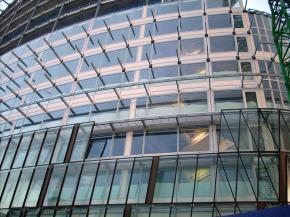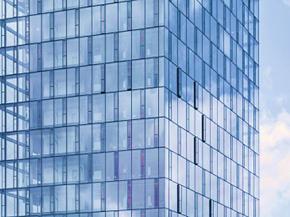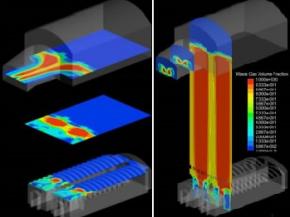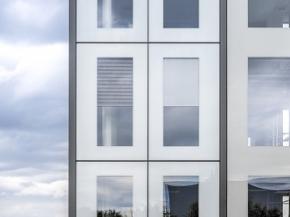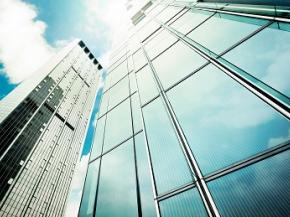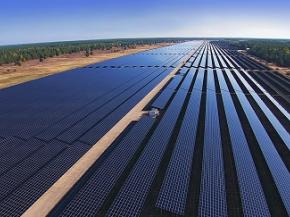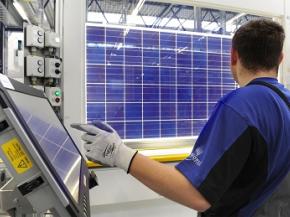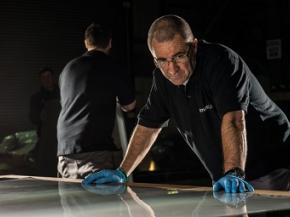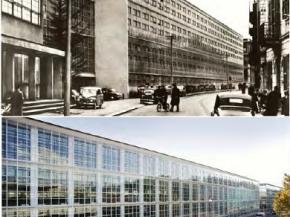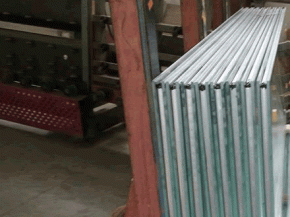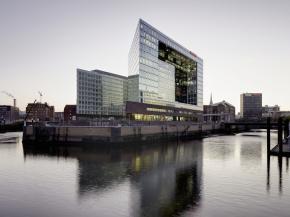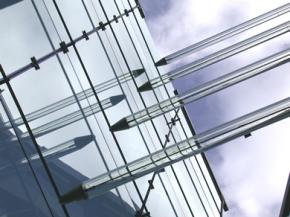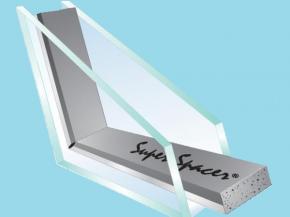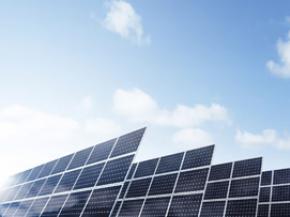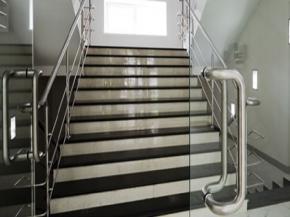Latest articles
| For a period of time now the use of Double-Skin Facades have increased due to their relevant usage and profit with respect to their possession of increased energy efficiency and daylighting improvement.
| Modern, transparent and prestigious – large glass façades are very much in vogue for office complexes and industrial buildings.
| A More Sustainable Approach for Future Façades
| Electronically tintable glass can offer a solution which avoids having to trade off daylight and views with energy performance and occupant comfort, allowing more glass to be used without energy penalty and without causing thermal or visual…
| In recent years the growing energy costs and the imposition of increasingly stringent limits to the gaseous emissions into the atmosphere have put a strong pressure on the glassmaking industry to research new solutions to improve the efficiency and…
| Over half the world’s seven billion inhabitants live in cities, by the year 2050 the number will grow to almost ten billion. In order to avoid a climatic collapse in the metropolises, there is no other alternative to energy-efficient buildings.
| Cities are eating up an increasing amount of heat and electricity. In order to reduce this consumption, buildings have to become increasingly efficient and integrate more renewable energies.
| The crisis of the photovoltaic industry is drawing to a close. While it is true demand for solar modules is dropping in Europe, demand in many other regions is rising rapidly.
| Although the costs for solar power have come down considerably lately, photovoltaics are still unable to compete with conventional energy sources.
| Prepare the fireworks and parade, we have an announcement to make regarding the reliability and quality of our Privacy and Solar switchable glass products!
| The recent issues related to energy saving and environmental sustainability in the construction sector are particularly problematic for professionals dealing with existing buildings, especially when buildings have a historic value...
| An Introduction to Design and Performance by Dr. Cenk Kocer - University of Sydney, School of Physics, Sydney 2006
| The new Spiegel headquarters and the neighbouring office complex, the Ericus-Contor, a fourteen and nine-storey building pair, expand the gallery of internationally recognized architectural works in Hamburg.
| Approaching the built environment from the point of view of phenomenal light allows James Carpenter to consider the luminous qualities of glass and other materials and the experiential qualities of light as a primary concern of architectural design.
| Despite increasingly demanding requirements to save energy and a focus on reducing our use of prime energy, we also need to bear in mind economics and cost effectiveness during the construction phase of buildings, especially on larger projects.
| This article attempts to model the optimum light transmittance that a museum display case must offer in order to correctly display works of art but at the same time minimising the deterioration resulting from incident light.
| Was Fukushima like Chernobyl? There are those who say yes, and those who lean toward no. That is, from a purely technical point of view. But, in the eyes of the media, or of people’s awareness in general, the difference is huge.
| “NOT just one of the best in the country – but possibly the world” is how Dave McNicholas, Unit Manager, describes the new state of the art ICCU at Sunderland Royal Hospital which opened April 11th.
| Energy savings are an essential part of any new or renovated building. These can be obtained by means of insulation, special glazing and the use of particular materials.
| Electronically switchable glazing for the healthcare sector

